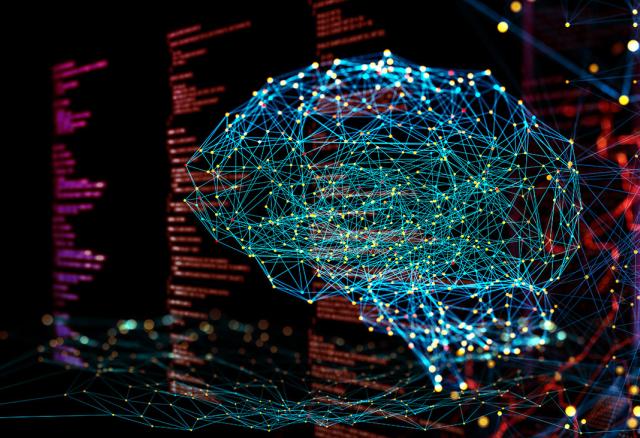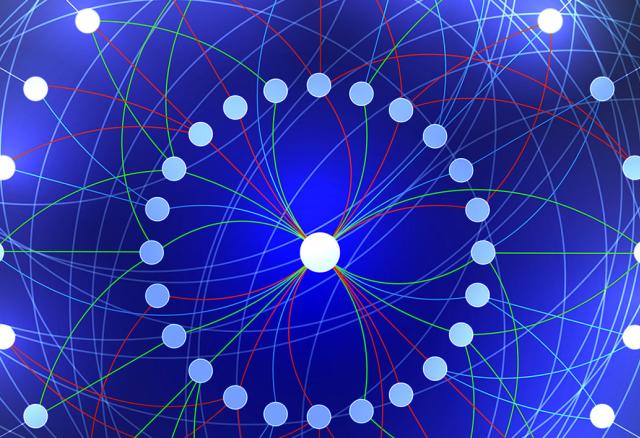Hypercomplex Signal and Image Processing: Part 2
Hypercomplex signal and image processing extends upon conventional methods by using hypercomplex numbers in a unified framework for algebra and geometry. The special issue is divided into two parts and is focused on current advances and applications in computational signal and image processing in the hypercomplex domain.







